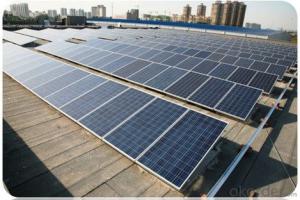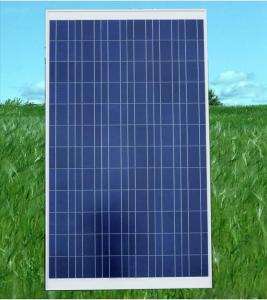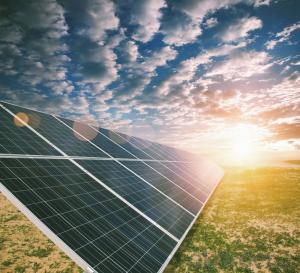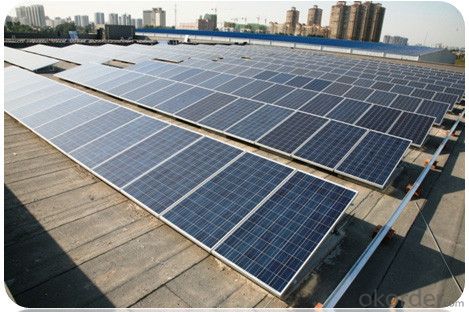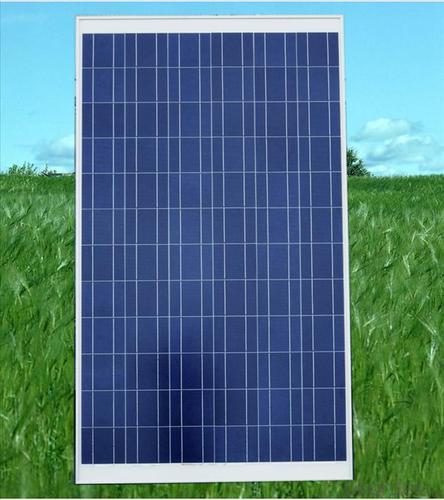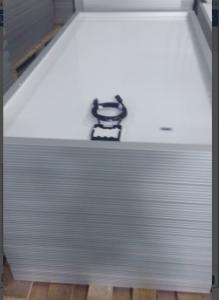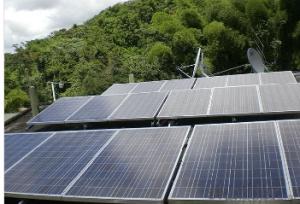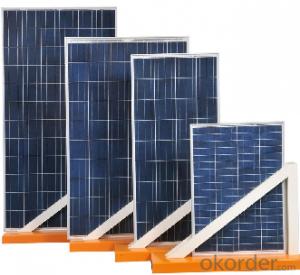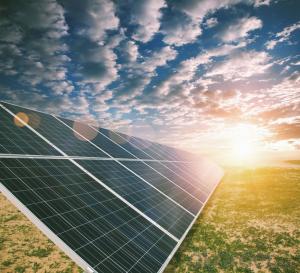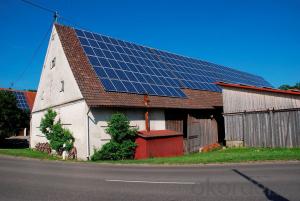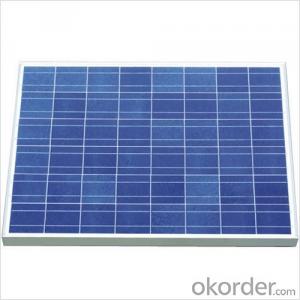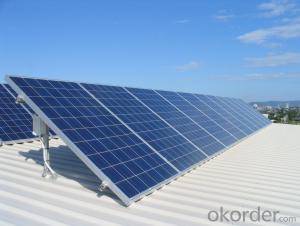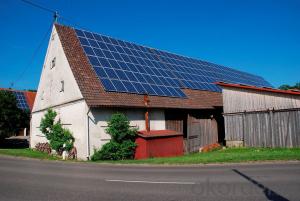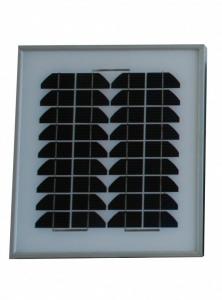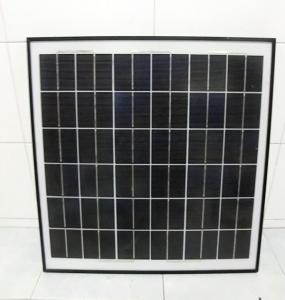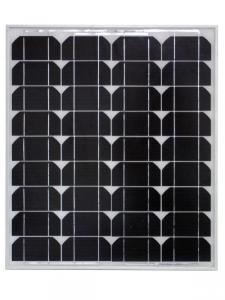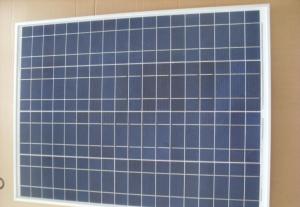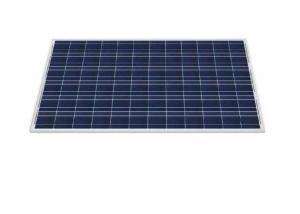Top Ranked 245w Polycrystalline Silicon Solar Panels
- Loading Port:
- Ningbo
- Payment Terms:
- TT OR LC
- Min Order Qty:
- 200000 watt
- Supply Capability:
- 20000000 watt/month
OKorder Service Pledge
OKorder Financial Service
You Might Also Like
About us
We are a high-tech group wich specializes in solar products design,research, manufacture, sales,solar projects design and installation.
Our national sales service covers seven parts, including northeast, north, east, middle, south, northwest and southwest, international sales covers five continents and over forty countries, including Germany, Italy, Spain, France, America and Brazil etc.
General Information
The installation of PV modules requires a great degree of skill and should only be performed by a qualified licensed professional, including licensed contractors and licensed electricians. Please be aware that there is a serious risk of various types of injury occurring during the installation including the risk of electric shock. All CUSTOMER modules are equipped with a permanently attached junction terminal box that will accept variety of wiring applications or with a special cable assembly for ease of installation, and they do not require assembly.
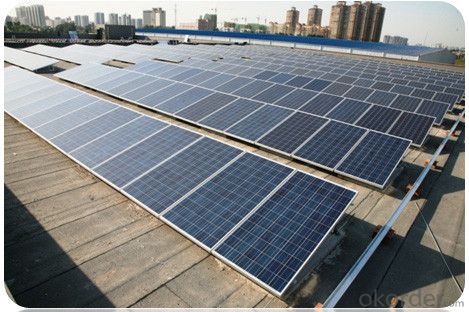
Introduction
This installation Manual contains essential information for the electrical and mechanical installation that your must know before installing CUSTOMER PV modules. This also contains safety information you need to be familiar with .All the information described in this manual are the intellectual property of CNBM and based on the technologies and experiences that have been acquired and accumulated in the long history of CUSTOMER. This document does not constitute a warranty, expressed or implied.
CUSTOMER does not assume responsibility and expressly disclaims liability for loss, damage, or expense arising out of in anyway connected with installation, operation, use or maintenance of the PV modules. No responsibility is assumed by CUSTOMER for any infringement of patents or other rights of third parties that may result from use of PV module.
CUSTOMER reserves the right to make changes to the product, specifications or installation manual without prior notice.
Work Principle
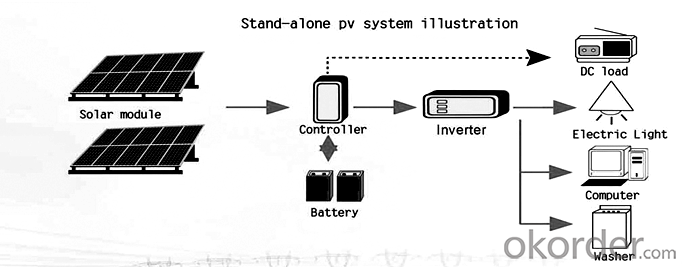
Data sheet
Maximum Power | 245W |
Efficiency | 0.151 |
Backsheet | Silver |
Frame Colar | White |
Manufacture Site | China |
Frame | Anodized Aluminum Alloy |
Weight | 19 kg |
- Q: i attached a usb charger to my solar panel(it has an output of about .2 volts) but i read on my multimeter its only using about 8 volts however on the conventional wall charger that i use to charge it has an output of about 5. volts.... i believe that my mp3 player is not charging it does not display the charging icon when it is on or off ....is this becuase the output is higher ? do i need to install a volt dropping diode to prevent it from putting to much energy at once? (my mp3 charges fine on the wall charger but does not seem to respond to the solar panel so it the circuits are fine....)
- 5.3V is the open voltage or? So the full wattage of the photograph voltaic panel is 45W or so? i assume you are able to no longer make all your small A/C home equipment into DC ones. so which you would be able to think of bearing directly to the 2V DC enter 00W inverter. this type of inverter might have a some bit extensive enter voltage variety from like V-20V some situations.
- Q: The ancients used skylights for light in lieu of electricity. Light was used for drying, even cooking foods and drying clothes. Solar clocks/sun dials were once popular but now we have battery operated clocks. Where have we tapped into any of these resources since the outdated solar clothes drier nicknamed the 'clothes line'?
- Have you seen the industrial solar power tower they built in Spain? It has a very large collection of mirrors which direct sunlight toward a single point at the top of a large tower. There a boiler turbine generates a lot of electricity! It is a genius concept that could easily be installed in North American deserts.
- Q: What is the difference between on-grid and off-grid solar systems?
- On-grid solar systems are connected to the local electricity grid, allowing excess electricity to be fed back into the grid and potentially earn credits or payments. Off-grid solar systems, on the other hand, are not connected to the grid and rely on energy storage solutions, such as batteries, to provide electricity when solar production is low or during nighttime.
- Q: I am writing some mock legislation for a school club and I need to know some of the environmental effects of solar panels. Also, where can I find specific studies(like from colleges and/or universities) proving these benefits as well as benefits and reasons of going green.
- I'm okorder / I hope this gives you some insight and at least a start. Enjoy.
- Q: how does solar panels work?
- Solar panels collect solar radiation from the sun and actively convert that energy to electricity. Solar panels are comprised of several individual solar cells. These solar cells function similarly to large semiconductors and utilize a large-area p-n junction diode. When the solar cells are exposed to sunlight, the p-n junction diodes convert the energy from sunlight into usable electrical energy. The energy generated from photons striking the surface of the solar panel allows electrons to be knocked out of their orbits and released, and electric fields in the solar cells pull these free electrons in a directional current, from which metal contacts in the solar cell can generate electricity. The more solar cells in a solar panel and the higher the quality of the solar cells, the more total electrical output the solar panel can produce. The conversion of sunlight to usable electrical energy has been dubbed the Photovoltaic Effect. The photovoltaic effect arises from the properties of the p-n junction diode, as such there are no moving parts in a solar panel.
- Q: How do solar panels affect the overall sustainability of a building?
- Solar panels can significantly improve the overall sustainability of a building by generating clean and renewable energy. By harnessing the power of the sun, solar panels reduce the reliance on fossil fuels and minimize greenhouse gas emissions, helping to combat climate change. Additionally, solar panels can lower energy costs, enhance energy independence, and contribute to a more resilient and eco-friendly infrastructure.
- Q: The colder a solar panel gets the more efficient it seems to be. As the panel warms, it loses some efficiency. Why is this so? Please explain in a way you would expect a high school kid to understand it, as I am a high-schooler and i have to explain this to other high-schoolers.
- For water heater type of solar panel the hot panel has more radiation losses reducing the heat available to be transferred to the water. In PV panels it has got to be characteristics of the PV cells. If the conversion efficiency drops with temperature rise then only this can happen. PV=photo-voltaic
- Q: I don't remember what number exactly but it's in the single digits. This number represents how efficient solar panels are at capturing the sun's rays and converting it into electricity.Why?
- There are a lot of solar panels available today's. The problem of the efficiency is the proccess of converting, these cells use the photons of the sun to react with the ( Si compound inside the cell) due to the little thing that cell's are only a fraction of these energy is converted, remember that solar cells are paper thin and the really problem of these cells are the voltage not the amps. A single 3x6 inches solar cells can produce 3.6 amps but only 0.5 volts.
- Q: im doin a science experiment and i have a battery that is 3.6 volts , does it matter wut voltage the solar panel that im connecting it to is . Does it need to match , be less or does voltage have no effect . If so wut does matter when choosing the type of solar panel to power a bettery?
- Try to disassembled a solar powered calculator inside there will be all the materials u need to your project. U can safe all the trouble to trying to find the correct match. After using try to put it back in if not possible it is just a broken calculator, at least u still have a successful science project.
- Q: With no moving parts, no fuel piping and so on...
- It's all in the production process that uses materials and processes that are not yet cheap because of the little infrastructure in this field. You can make cheaper solar panels, but it restricts their efficiency, so you get less energy. The reason individuals haven't been catching on to it is because it is not yet entirely cost effective. For a normal 3-person home to be powered completely by solar, depending on many conditions, especially where you live, the payback period is something over 50 years. I live in Boston and for my house to be powered by solar I wouldn't see it making money for over 75 years! What people have to realize is that the point of solar is not to completely power your house cheaply, but to lessen the strain on the electrical grid, and if enough people do this the cost will certainly come down. That and the technology of solar panels has been developing unbelievably fast with all of the green energy buzz going around, so you should see the cost dropping in the next few years as new discoveries are made.
Send your message to us
Top Ranked 245w Polycrystalline Silicon Solar Panels
- Loading Port:
- Ningbo
- Payment Terms:
- TT OR LC
- Min Order Qty:
- 200000 watt
- Supply Capability:
- 20000000 watt/month
OKorder Service Pledge
OKorder Financial Service
Similar products
Hot products
Hot Searches
Related keywords
